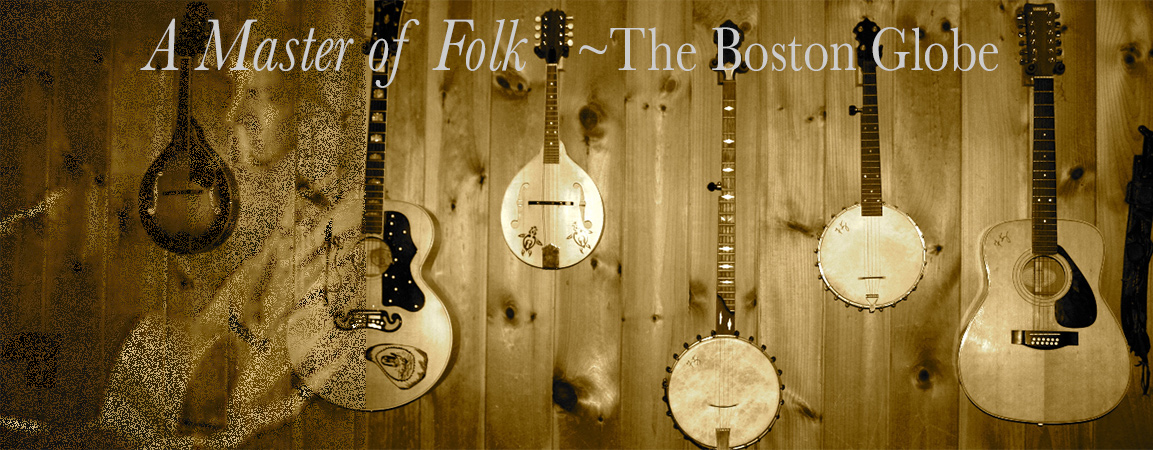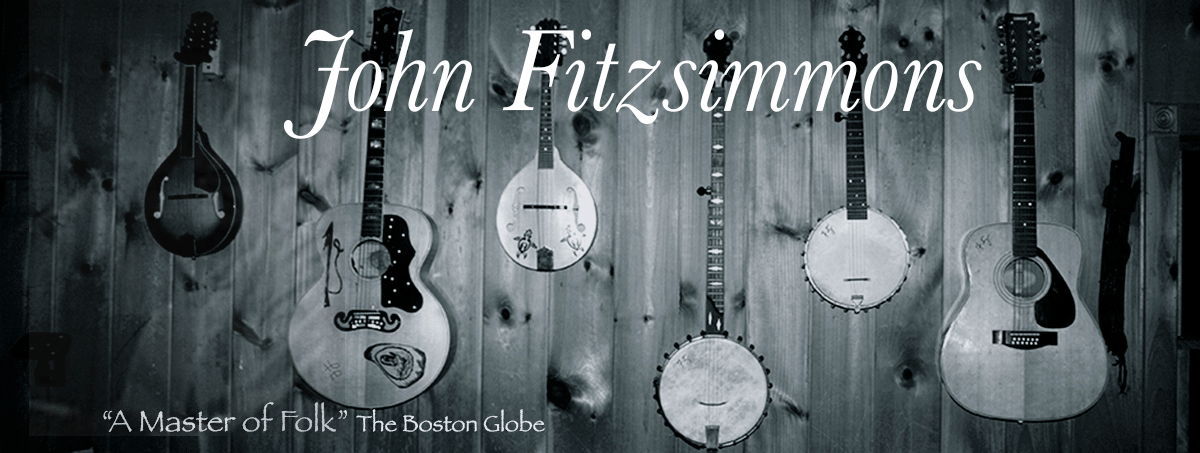 As a teacher, I am tired of the word blog, probably because the word “blogging” is incredibly limiting and myopic, especially for someone whose teaching is centered around an online curriculum with blogs front and center on my academic table. I sat through a department meeting this afternoon where we discussed (or rather didn’t discuss) what is the best platform to use for blogging in our classrooms. The neither here nor there of the discussion drifted, as it often does, towards the “concept” of blogging as a pedagogical tool and whether or not there was any compelling reason to blog—as if blogging is a unique and singular form of writing, some lesser cousin to real and polished prose. And that is the great lie and misconception because blogging in the classroom is what you ask it to be and, just as important, what you let it be. If senseless babble is what you want and what you allow, then senseless babble might be what you get, but I doubt it. Ten years of blogging in my English classes is proof enough that ownership and pride trumps all because most kids simply want to have a good blog that other kids want to visit, read, and comment upon. Blogging is about connection and community—not defiance and inanity. What artist, what writer, what person is not energized by the notion of a community—however big/small/wide/narrow you define community? Our DNA is one big chunk of mysterious code that seeks to connect in real and meaningful ways with real and meaningful people. A collective community of writers is greater than the sum of its parts—and a blogging community is just that: a community, not a lone wolf howling in a desert landscape and surely not a rampaging anarchist upending sound curriculums and thriving educational ecosystems.
As a teacher, I am tired of the word blog, probably because the word “blogging” is incredibly limiting and myopic, especially for someone whose teaching is centered around an online curriculum with blogs front and center on my academic table. I sat through a department meeting this afternoon where we discussed (or rather didn’t discuss) what is the best platform to use for blogging in our classrooms. The neither here nor there of the discussion drifted, as it often does, towards the “concept” of blogging as a pedagogical tool and whether or not there was any compelling reason to blog—as if blogging is a unique and singular form of writing, some lesser cousin to real and polished prose. And that is the great lie and misconception because blogging in the classroom is what you ask it to be and, just as important, what you let it be. If senseless babble is what you want and what you allow, then senseless babble might be what you get, but I doubt it. Ten years of blogging in my English classes is proof enough that ownership and pride trumps all because most kids simply want to have a good blog that other kids want to visit, read, and comment upon. Blogging is about connection and community—not defiance and inanity. What artist, what writer, what person is not energized by the notion of a community—however big/small/wide/narrow you define community? Our DNA is one big chunk of mysterious code that seeks to connect in real and meaningful ways with real and meaningful people. A collective community of writers is greater than the sum of its parts—and a blogging community is just that: a community, not a lone wolf howling in a desert landscape and surely not a rampaging anarchist upending sound curriculums and thriving educational ecosystems.
I know it is offensive when I wonder why as teachers we ask a student to bust his or her ass on a project, paper, or assignment that lives and dies like a Mayfly in a day; a hard-wrought work that we judge, grade, and praise or condemn and return as almost a shared secret between collaborators. I get why we do this. This was once a practical and sustainable model for a teacher and a student—and it is not that difficult to make the case that it still is, but in the best cases, it was a mentor and the mentored striving for perfection together—the master and apprentice plying and learning the same trade; however, in the worst cases there was no mentoring and no master, and in the average case it was (and often still is) somewhat legible—but often not—indictments, corrections, and critiques scribbled in blue books and between double spaced passages, but no real lasting passion or response on either side of the aisle. When so much is wrong there is little room for praise—not praise for the sake of praise but praise as recognition of an honest day’s work. Honest praise, healthy criticism, and good role models are in the marrow of any outstanding kid and student. And this is what a connected community of writers provides to each other. Not one voice speaking to one voice, but many voices, each offering a singular harmony to the whole; moreover, you, as the teacher, command the symphony. This is what you set up. These are the students you guide, and this is the orchestra you conduct. It can honestly be your finest hour.
If you let it.
One hundred and fifty years ago Thoreau wrote, “Old ways for the old, and new ways for the new.” Though I am sure he would be aghast at most of what the internet hawks and how it barters away precious time, I am also sure he would sense the opportunity at hand to be so close at hand to the best the world has to offer. Like an imperfect tool in the hands of a true craftsman, we can shape the web any way we want or need because it is, as the the old saw goes, “…a poor craftsman who blames his tools.” As teachers, we need to retool ourselves and remake our classrooms as shops and teach in new ways because there are new ways that are better than the old ways.
There. It’s been said. There are new ways that are better than the old ways.
I hear hemming and hawing and screeching because the old ways still work, and I know they work—and some of you (us) have spent decades perfecting better modes and methods in the classroom and no freaking iPad, chrome book, malcontent, or chiming phone is going to change what you know and feel and believe is best for your students.You won’t change because you really do give a damn about the kids—not because you are a lazy, ill-informed pedantic, paper-pushing artifact as the tech savvy might have people believe. But if this is you; if you are the one with a visceral reaction that has you girding your heels in the sands of change, open the door just a little and let some change into your life. As much as we might despise the messenger, change is coming, and that change is really not as radical as you believe. It is, in fact, mostly common sense and a wise use of time, resources, and sound educational psychology. As teachers we need to relearn and rethink our approach or we risk irrelevancy in the classroom and, worse, in the minds of our students who are, after all, the ones entering into this brave, new and screwed up world that we have left for them.
I have a friend over at MIT who has spent the better part of his professional life developing a radar that sees beyond the horizon. Would we had this same radar for what is emerging over the horizon in education! Imagine the fads and trends and standards we could have avoided. That little blip—that first blog—on the screen ten years ago now looms with a larger permanence, resilience and relevance that any of us foresaw happening. But even blogs—my precious blogs—are only one component of what is now possible. With a bit of guidance, direction, and support, those same kids with a funky little blog can now have a funky and incredible website, one which includes an embedded blog—but much, much more, too. This “site” can showcase an entire portfolio of the possibilities of writing and multi-media: essays, stories, journaling, research papers, podcasts, videos, poetry, reviews, travelogues, presentations, slideshows, polls, interviews, editorials—really “anything” that can be presented in digitized form is possible—and it is equally possible to share what you want to share, and not share what you do not want to share. This site is the beginning of each student’s unique and empowering digital footprint that they leave on and for this world. Who of us doesn’t sift through the shoebox full of old family pictures? Who doesn’t like to find that tattered letter from an old friend or lover? And who doesn’t put that box away carefully and almost tenderly, cognizant as we are of its special and eternal value.
Why deny any student the opportunity to collect their life and their works in a way that they can keep, and share, and curate—and remember? Why not encourage it?
To me, it’s that simple.

